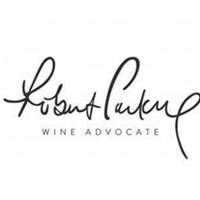Robert Parker
Robert Parker este un critic de vin din SUA. Evaluarile sale de vin pe o scara de 100 de puncte.
Daca esti aici, stim deja ca iti plac vinurile bune.
Vrei sa povestesti pe site despre pasiunea ta?
Recenziile expertului Robert Parker
-
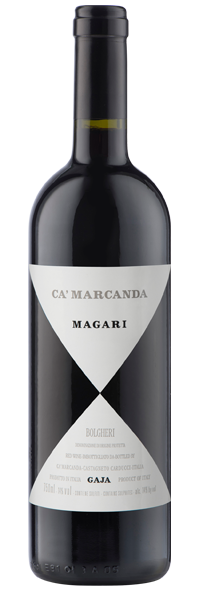
MAGARI 2017-Gaja Ca'Marcanda
The 60/30/10 blend of Cabernet Franc, Cabernet Sauvignon and Petit Verdot in the 2016 Bolgheri Rosso Magari produces an expressive and opulent red wine, with great acidity and definition. The wine is firm and tightly wound, with secondary complexity that expresses itself in terms of tar, leather and spice. The tannins are supple and soft.
-

MAGARI 2019-Gaja Ca'Marcanda
The 60/30/10 blend of Cabernet Franc, Cabernet Sauvignon and Petit Verdot in the 2016 Bolgheri Rosso Magari produces an expressive and opulent red wine, with great acidity and definition. The wine is firm and tightly wound, with secondary complexity that expresses itself in terms of tar, leather and spice. The tannins are supple and soft.
-

MAGARI 2021-Gaja Ca'Marcanda
The 60/30/10 blend of Cabernet Franc, Cabernet Sauvignon and Petit Verdot in the 2016 Bolgheri Rosso Magari produces an expressive and opulent red wine, with great acidity and definition. The wine is firm and tightly wound, with secondary complexity that expresses itself in terms of tar, leather and spice. The tannins are supple and soft.
-
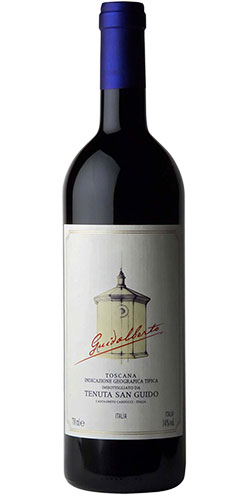
GUIDALBERTO TOSCANA IGT 2016-Tenuta San Guido
This wine is showing exceptionally well in this classic vintage. The 2016 Guidalberto (Cabernet Sauvignon and a smaller percentage of Merlot) opens to a full and generous bouquet and a beautifully rich and velvety appearance. This edition of Tenuta San Guido's mid-level wine offers a bigger aromatic profile, more texture and more volume as well. Dark cherry and blackberry segue to spice, tar, leather and sweet fruit at the end. The mouthfeel is elegantly shaped, silky and nuanced. This may well be the best vintage of Guidalberto I have yet to taste—and you can get this wine at a great price too.
-
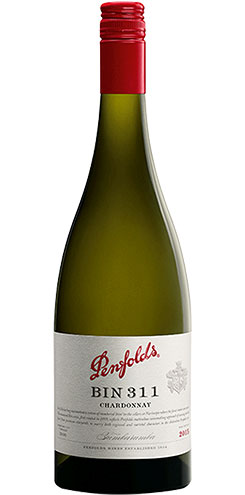
BIN 311 CHARDONNAY 2017-Penfolds
Struck match, touches of toasted hazelnut and grilled peach and fresh lime notes give the 2017 Chardonnay Bin 311 ample complexity on the nose and palate. It's medium-bodied, with a touch of creaminess on the mid-palate and a long, silky finish. New for this year, it's a blend of fruit from the Adelaide Hills (56%), Tasmania (27%) and Tumbarumba (17%), so in the United States, it carries the inauspicious GI of South Eastern Australia. Don't be misled by that, as it's a serious, classy wine for a very reasonable price.
-
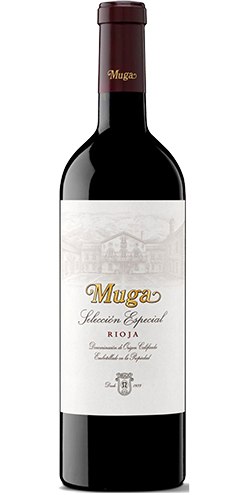
MUGA RESERVA SELECCION ESPECIAL 2015-Muga
The very perfumed, expressive and floral 2015 Selección Especial is a lot fresher than the stereotype of the vintage I had before I tasted 2015 widely. It's a year that has turned out fresher than what the weather during the growing season pointed at. It was a dry and warm year, but the wines have very good freshness, which in this case feels exceptional. My first surprise was how aromatic and open the wine is for such a young age, with aromas of lavender and other Mediterranean herbs jumping from the glass. I expected that from the 2016s, but I thought the 2015 was going to be more closed and reticent. The palate is medium to full-bodied with fine-grained tannins, balanced, fresh and very clean. This combines energy and elegance with classical Rioja character. 220.000 bottles produced. It was bottled in December 2017.
-
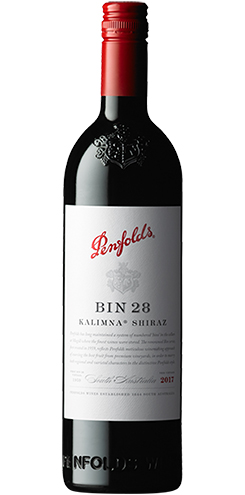
BIN 28 KALIMNA SHIRAZ 2017-Penfolds
A blend of fruit from Barossa, McLaren Vale and Padthaway, the 2017 Bin 28 Kalimna Shiraz is meant to replicate the Northern Barossa style of its namesake vineyard, with opulent dark fruit, savory spice notes of pepper and licorice and a full-bodied, plush mouthfeel. It's a delicious Shiraz for drinking over the next decade or so.
-
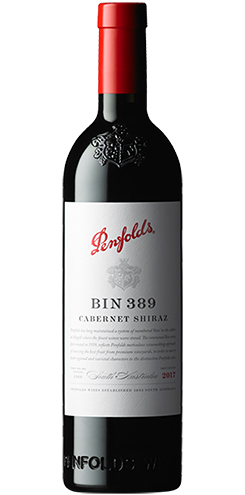
BIN 389 CABERNET SHIRAZ 2017-Penfolds
The 2017 Bin 389 Cabernet Shiraz is only 54-46 in favor of Cabernet Sauvignon, yet it shows pronounced mint and cassis aromas. The Shiraz is more apparent in the mouth, where it fills out the full-bodied palate with velvety richness and plush tannins before fading a bit quickly on the finish. This vintage includes fruit from McLaren Vale, Barossa Valley, Padthaway and Wrattonbully.
-
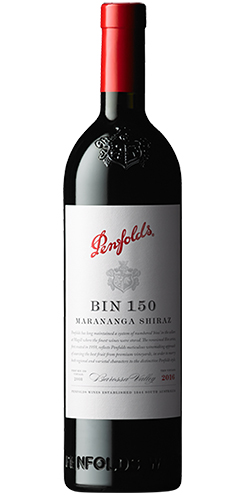
BIN 150 MARANANGA SHIRAZ 2016-Penfolds
Unlike the Kalimna Shiraz, which is a multiregional blend, the 2016 Bin 150 Marananga Shiraz comes from that specific subregion of the Barossa Valley. It's a clear step up and a lovely wine, with bold berry fruit flavors framed by cedar and vanilla. It's full-bodied and plush, with that generous Barossa Valley character married to the dense Penfolds house style.
-
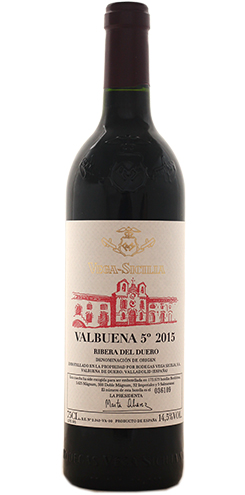
VALBUENA 2015-Vega Sicilia
The 2015 Valbuena, a red blend of mostly Tempranillo with some 5% Merlot, is released in the fifth year after the harvest. It's explosive and showy, with a complex nose that shows a mixture of flowers and wild herbs, balsamic touches and great nuance. This wine has gained in complexity since the 2010 vintage, where they implemented some changes that increased the expressivity and precision of this wine. The tannins are fine-grained and there is very good balance, and the warm conditions of the year have been absorbed well by the wine. Despite the natural conditions of the year, the wine follows the path of freshness of the 2010.
-
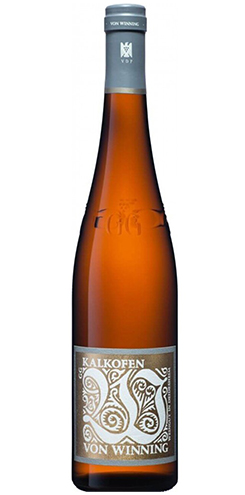
KALKOFEN RIESLING GROSSES GEWACHS 2018-Von Winning
The 2018 Kalkofen GG "VDP. Grosse Lage" is intense and toasty on the ripe, pure and chalky nose with its lime aromas. Concentrated, very intense and persistent on the palate, this is a pretty sweetish as well as tannic Riesling with vivacious acidity and a long and intense, well-structured mineral finish. Impressive but still young. Tasted in Deidesheim, December 2019.
-
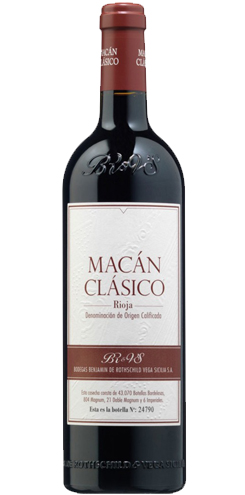
MACAN CLASICO 2016-Bodegas Benjamin de Rothschild & Vega Sicilia
The 2016 Macán Clásico is their second wine in the Bordeaux sense. In 2016, they fermented the wine in stainless steel and reduced the number of new barrels to 50%, while 5% of the barrels were produced with American oak at the Vega Sicilia cooperage. The new winery was 100% ready and now has much better facilities. The élevage lasted 12 months, and this has contained ripeness and integrated oak. The year had freshness and balance and helped to produce lighter and more expressive wines, like this one. This has to be one of the finest vintages for this cuvée. 97,654 bottles, 1,060 magnums and some larger formats produced. It was bottled in August 2018.
